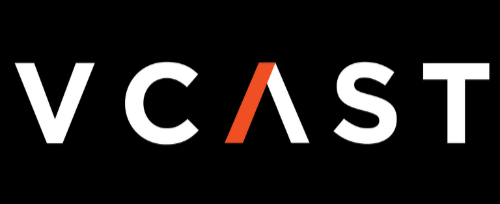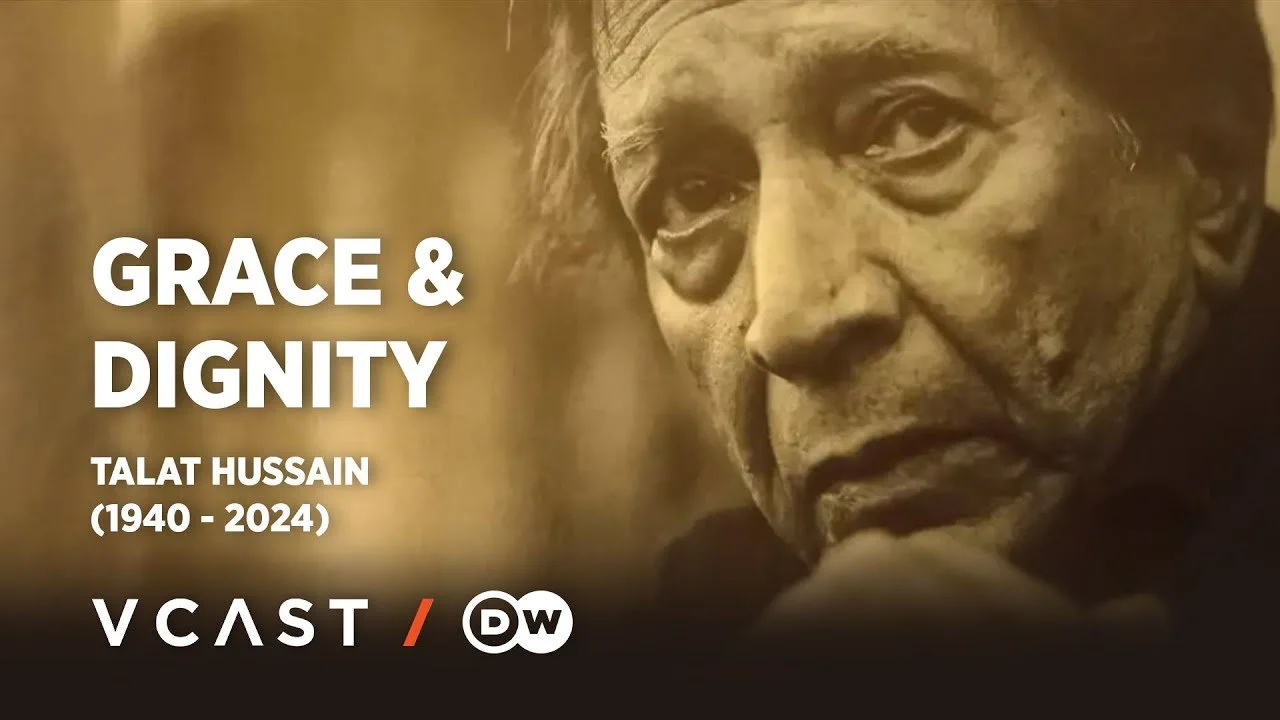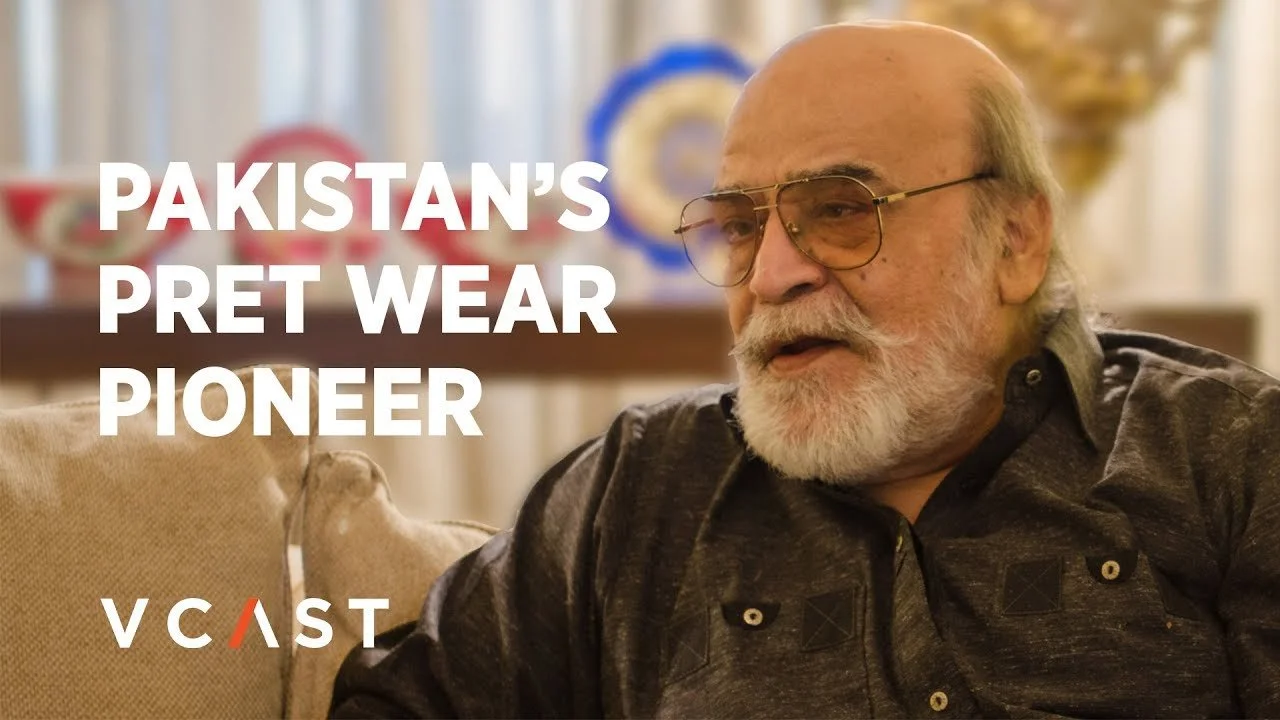How Truck Art Is Commercially Viable in Pakistan
Despite its vibrant presence on roads across the country, truck art has long struggled to gain recognition as a legitimate art form within Pakistan. Ali Salman Anchan and his partner, Haider Ali, recognized its global appeal—but they were also determined to cultivate that same appreciation at home. Leaving behind stable careers, they founded Phool Patti, a social enterprise aimed at repositioning truck art as a commercially viable and culturally relevant design form both in Pakistan and abroad.
In Pakistan, truck art—or Phool Patti in Urdu—has long been a vibrant but overlooked tradition, limited to the intricate decoration of truck exteriors and interiors. For decades, this bold and colorful form of expression was confined to highways, with artists relying solely on vehicle painting as their source of income. That changed when Ali Salman Anchan and his childhood friend Haider Ali decided to reimagine the potential of this art form.
Instead of heading to cinemas like most kids skipping class, Anchan and Haider spent their time with cinema board painters and truck artists, unknowingly immersing themselves in the world that would shape their creative interests. They eventually teamed up with fellow artist Mumtaz, and at a small tea place in Karachi’s Garden area, Phool Patti was born. They didn’t have a clear roadmap—but they had a vision. Through assembling portfolios, building presentations, and using Facebook and emails to make connections, the team began laying the foundation for their journey.
Anchan had connections in television, advertising, and creative circles—but when it came to support, none of them showed up. Industry friends he counted on turned away, and rejections piled up. But that didn’t shake their belief.
“We faced a lot of rejection in the beginning, but we were also crazy. We were determined to make it work.”
The team knew international audiences would admire the art, but their mission was to prove its worth at home. In Pakistan, truck art is often dismissed as a lower-class expression or taken for granted precisely because it’s so common. What many failed to see was its complexity and heritage. Unlike similar traditions in Thailand, Japan, or Argentina, Pakistani truck art is uniquely detailed—with motif mirror work, plastic layering, and sticker embellishments that reflect both individuality and cultural storytelling.
Phool Patti didn’t just aim to preserve this heritage—they redefined it. They expanded truck art into wearable fashion, accessories like khussas, handbags, and even international installations. One of their most iconic projects was painting a segment of the Berlin Wall as a symbol of Pakistan-Germany friendship. Over three days, the artwork drew 20,000 visitors daily. The public's fascination and curiosity proved how powerful and communicative this art could be on a global platform. The crowd was immense and deeply engaged. As the team explained the meaning behind truck art and its place in Pakistani culture, some visitors went home, looked up Pakistan, and returned the next day eager to learn more. They expressed how special the art was and how it sparked a desire to one day visit Pakistan and experience this vibrant tradition firsthand.
Back home, Anchan often points to historical roots as evidence of truck art’s deeper cultural value. From the carved horse carriages of Mohenjodaro to the painted camel carts and the vividly decorated boats at Karachi’s Kimari Port, the tradition of adorning transport has long been part of local life. Even the poetic one-liners on trucks—ranging from humorous to heartfelt—reflect the philosophy and wit of everyday Pakistanis. Sayings like “Faasla rakhein warna pyaar hojaiga” or “Dekh magar pyar se” aren’t just decoration—they offer a glimpse into the driver’s personality, journey, and spirit.
Ali Salman Anchan believes travel helps reshape perspectives. When working abroad, he’s often seen locals showing immense respect for the art and the people behind it—something he hopes Pakistan continues to embrace. He reflects on how, abroad, they are judged by their work rather than their circumstances.
Phool Patti has already accomplished more than its founders imagined, but their dream doesn’t stop here. One day, they hope to paint an airplane—and watch it fly.
Have you ever worn truck art on a bag, jacket, or pair of khussas? How did it make you feel?
This video was created in association with McDonald’s.
This article was developed with the assistance of AI tools.




